Iran Nomads
The majority of the of Iranian (about 4 million people) have ethnic and tribal life. The concept of tribe has always been associated with nomads and shepherds, and shepherds must go from side to side in search of new pastures and meadows.
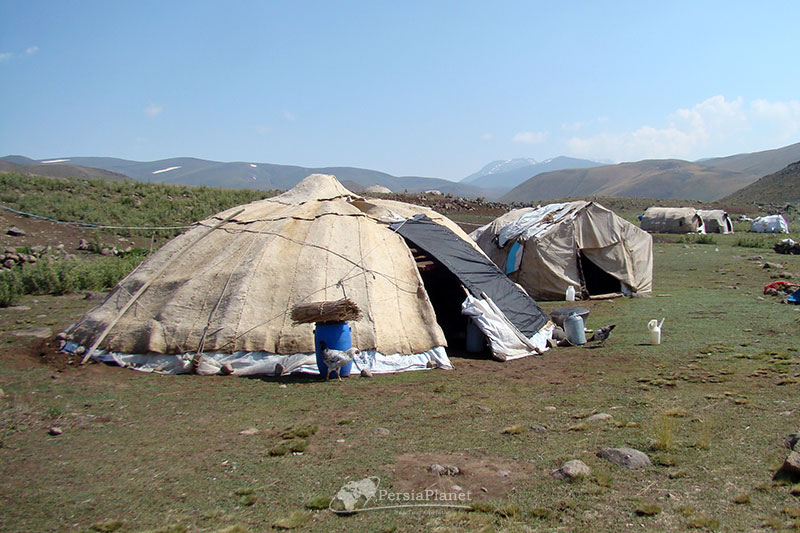
History of nomad-ism in Iran
Iran, due to its special geographical location and proximity to nomadic tribes, especially from the north and northeast is one of the most important nomadic regions in the world. The first historical references date back to the first millennium BC, when a vast territory later called Iran was invaded by tribes moving from the north. At the beginning of their arrival in this country, these tribes were cattle breeders and raised horses. In general, the history of nomadism in Iran dates back to more than 8,000 years ago, and the artifacts found in southwestern Iran confirm this. But it should not be forgotten that the history of nomadism varies in different parts of the world. Nomadic life has historically been more prevalent in semi-arid and marginal agricultural areas, and over time, the domestication of animals such as horses and donkeys and the increasing power of nomads has led to its development and expansion.
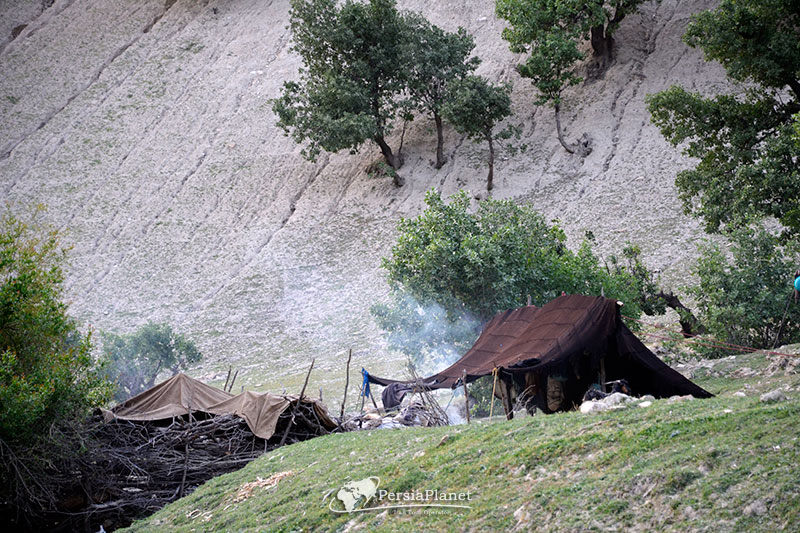
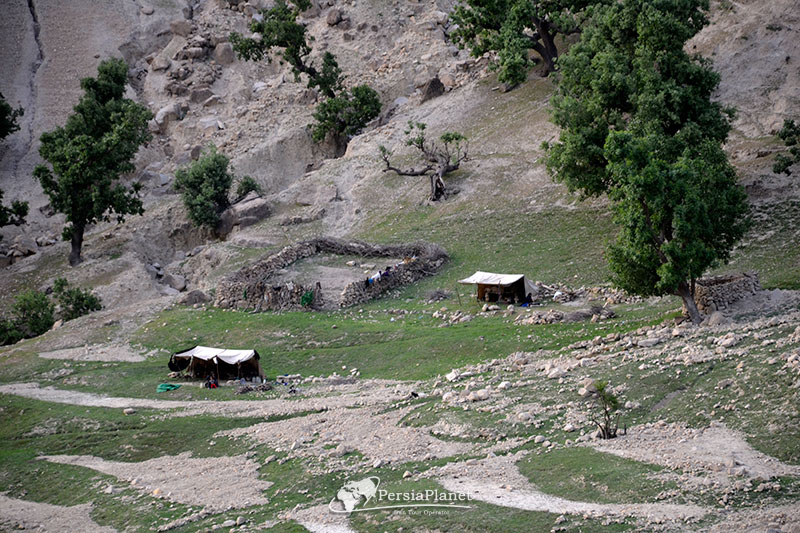
After the advent of Islam, most of the nomads in this country were in control of the fate of governments, including the Seljuks, Timurids, Safavids, Turkmens, Afsharians, Zandieh and Qajaris. But in the last century, the arrival of European culture and lifestyle changes have caused the disintegration of nomadic life and the weakening of this influential group in Iran. Today, the share of the nomadic population in Iran is less than 2%.
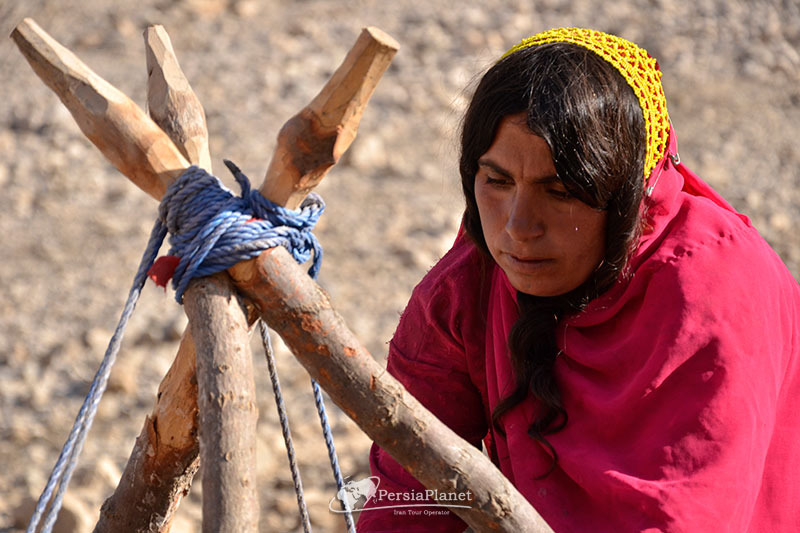
The purpose of the nomad migration
Nomadic migration is the best time to use the forage available in the pastures. That is, their nomads and sheep plan the best time to use the forage in each area. When the forage ends in a pasture, they move to a cooler pasture, and this cycle occurs throughout the year, and therefore the nomads cannot settle in one place.
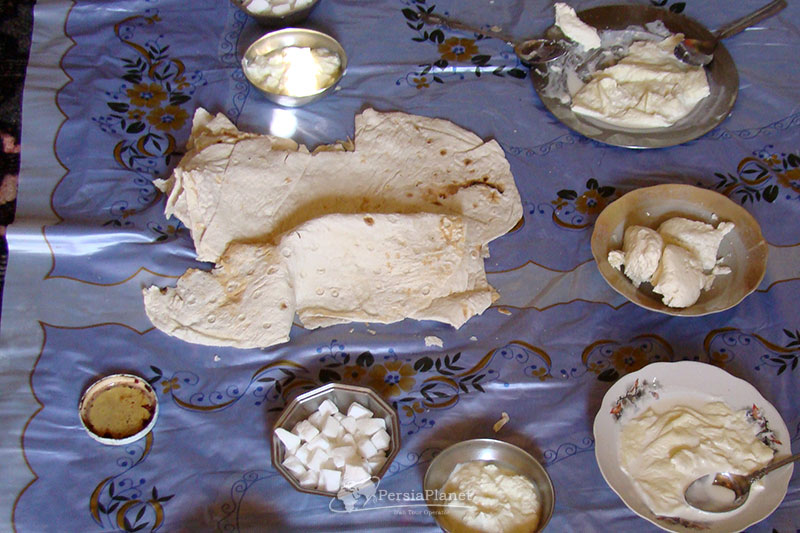
Nomad migration time
The time of migration from cold to tropical and back is directly related to warming and cooling of the weather and can not be considered exactly a specific day or week. Because the change of weather in the season and the heat and cold may be early or late. Usually the migration time can be calculated exactly with the month, but the day and week can be changed.
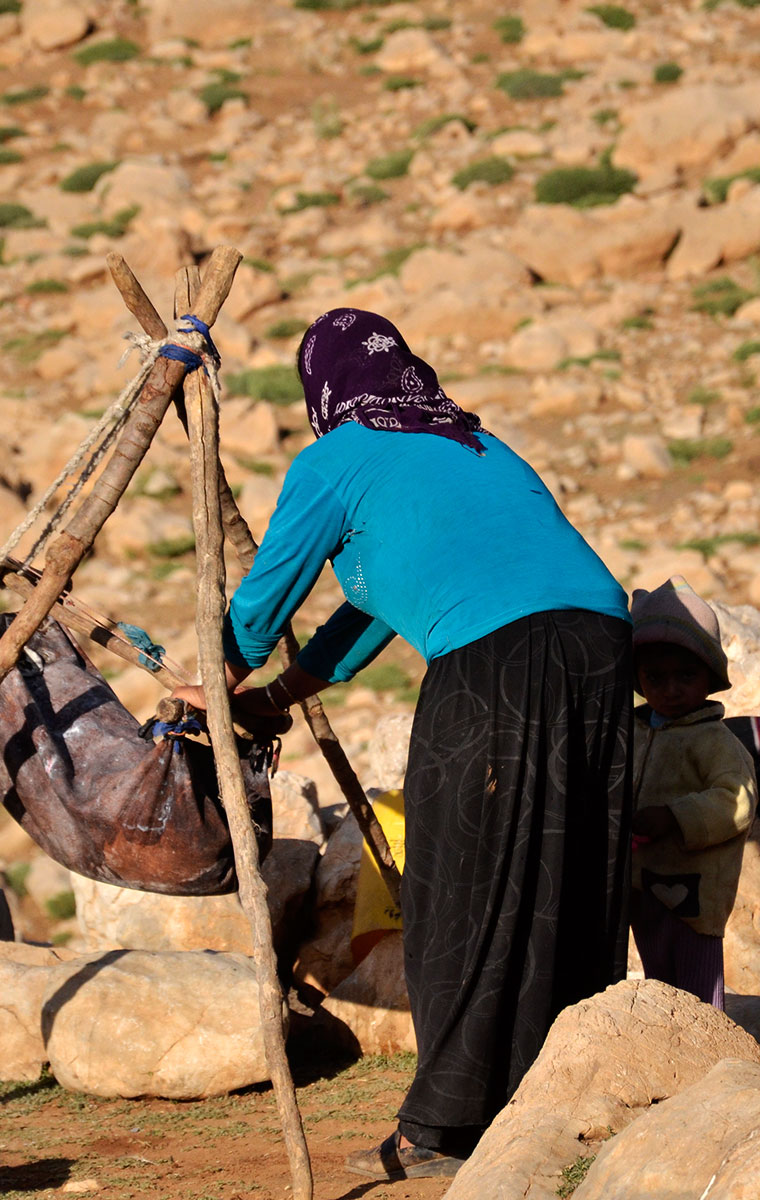
Geographical distribution of Iranian nomads
Nomadic life is seen in different forms in all parts of Iran. Because the location of Iran and its natural geographical conditions, such as ruggedness and climatic diversity, in some cases provide conditions that people are forced to live and migrate economy to make the best use of this environment. The main geographical territory of nomads in Iran is all over the west, north and northwest, northeast, south and southeast and some central areas of Iran around deserts and deserts, which can be identified according to the following division.
North and northwest
It includes a range of heights, hills, plateaus and low and fertile lands in the provinces of Mazandaran, Gilan, Ardabil, East and West Azerbaijan, Kurdistan, Zanjan, Qazvin and part of Hamedan. A number of Turkish and Kurdish nomads, such as Il-Sun, Arasbaran, Qaracheh Dagh, Jalali, etc., live in this area.
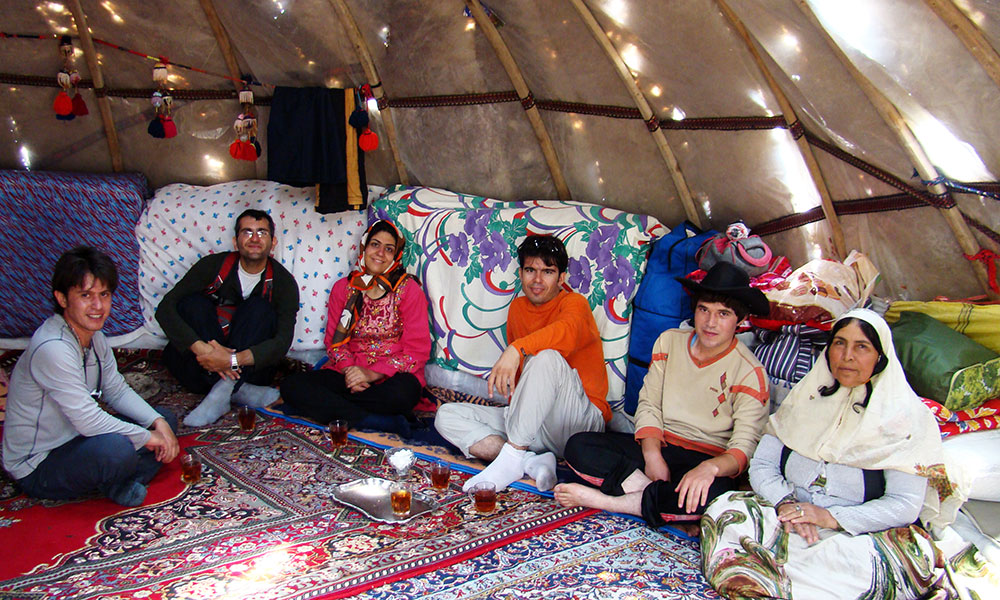
West, south and southwest
This area covers most of the Zagros highlands. It is one of the most important nomadic territories in the country. The direction of these heights is northwest, southeast and extends to the Oman Sea and includes the provinces of Hamedan, Kermanshah, Ilam, Chaharmahal and Bakhtiari, Kohkiluyeh Boyerahmad, Isfahan, Khuzestan, Bushehr, Fars, and Hormozgan. Large tribes such as: Bakhtiari, Boyer-Ahmad, Khamseh and Qashqai tribes live in this area and according to the natural conditions of this area that was mentioned before, they are the largest tribes in the country.
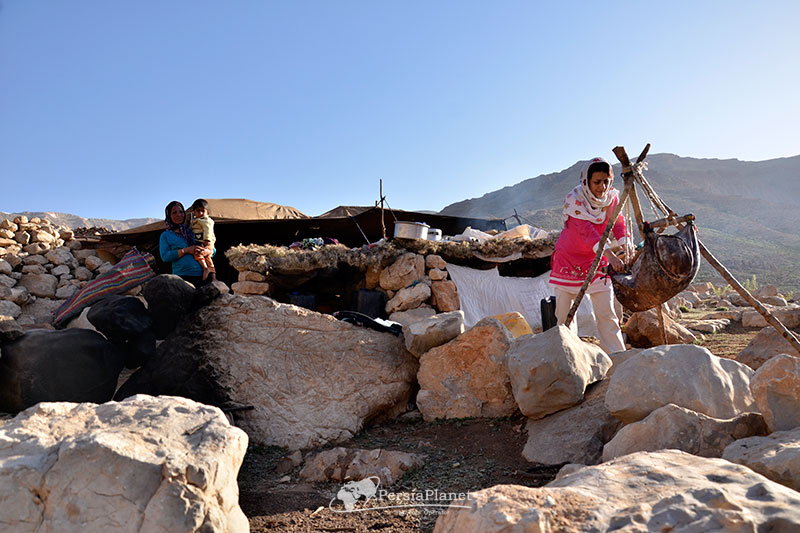
North East
This area extends from the Turkmen port in the southeast of the Caspian Sea to the borders of Afghanistan in the east and is bounded on the south by the central desert of Iran. Golestan, Khorasan and Semnan provinces are located in this area and Turkmen and Sangsar are the main tribes of this area.

East and Southeast
This area is mostly the territory of the independent Baluch tribes and clans in the provinces of Sistan and Baluchestan, Kerman even parts of Khorasan province are located.
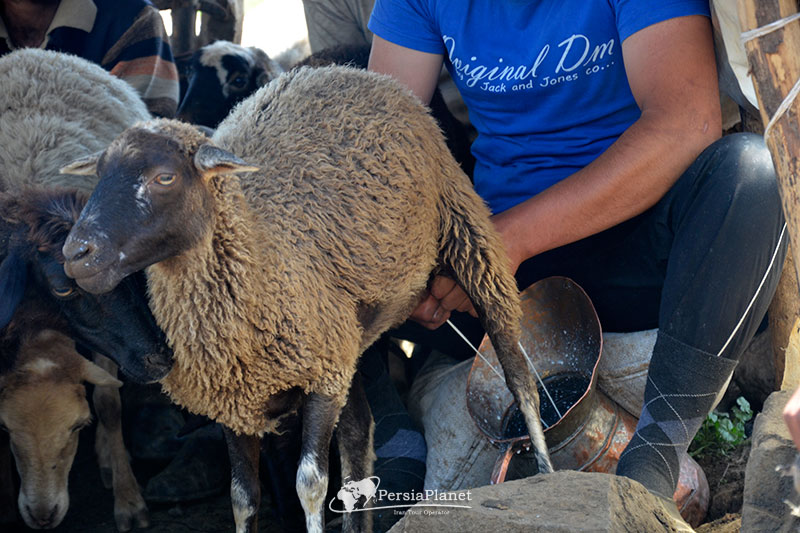
Central
This area, which starts from the slopes of the southern Alborz and extends to the edge of the central desert of Iran and includes the provinces of Tehran, Qom, Central Semnan and Isfahan. One of the prominent characteristics of Iranian nomads, as mentioned before, is their cultural influence in all aspects of this country. So that Iranian culture is a set of practices of tribal cultures in the region, examples of which in the Islamic period are the formation of governments such as the Seljuks, Mongols, Timurids, Safavids, Afshari and Qajar; These governments have all come to power among nomadic communities.
Nomad tourism in Iran
Seeing and experiencing nomadic life in the modern world today has many attractions for tourists. The natural and human phenomena in the nomadic living environment have made this group one of the special and significant tourist attractions. Nomad migration has always been one of the most beautiful tourist attractions in Iran. Nomads and their way of life, language, music, local food, clothing, song, handicrafts, dance and local costumes, along with rituals such as local celebrations and weddings, have always attracted many enthusiasts.
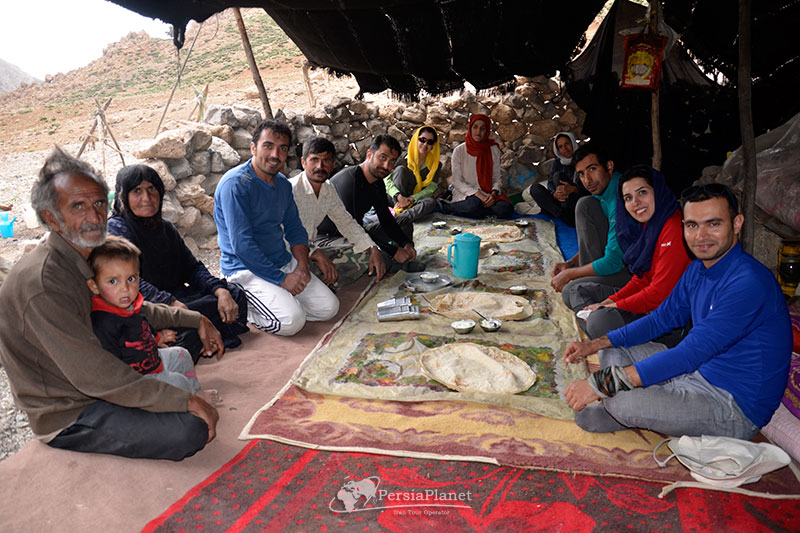
The best nomad tour, guide in Iran
Contact me to introduce the best nomad tours in Iran. Teams with whom you can visit each of Iran's nomads in complete safety.
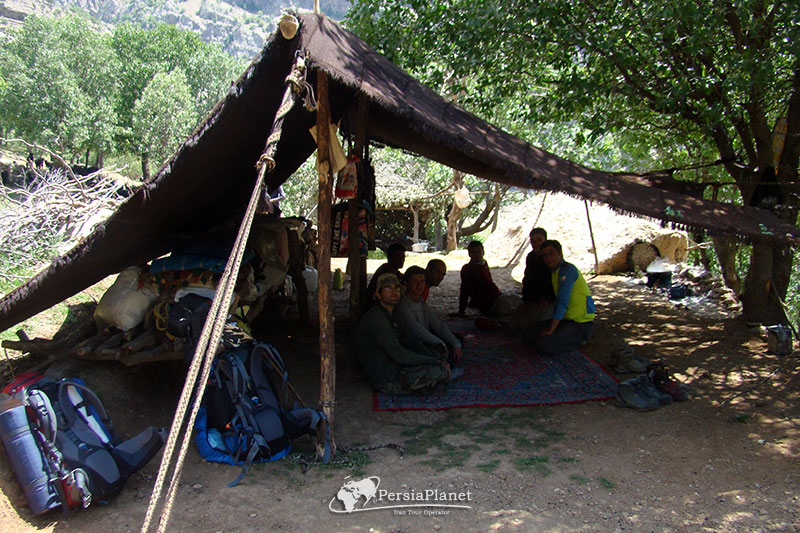
NOMADS IN IRAN

